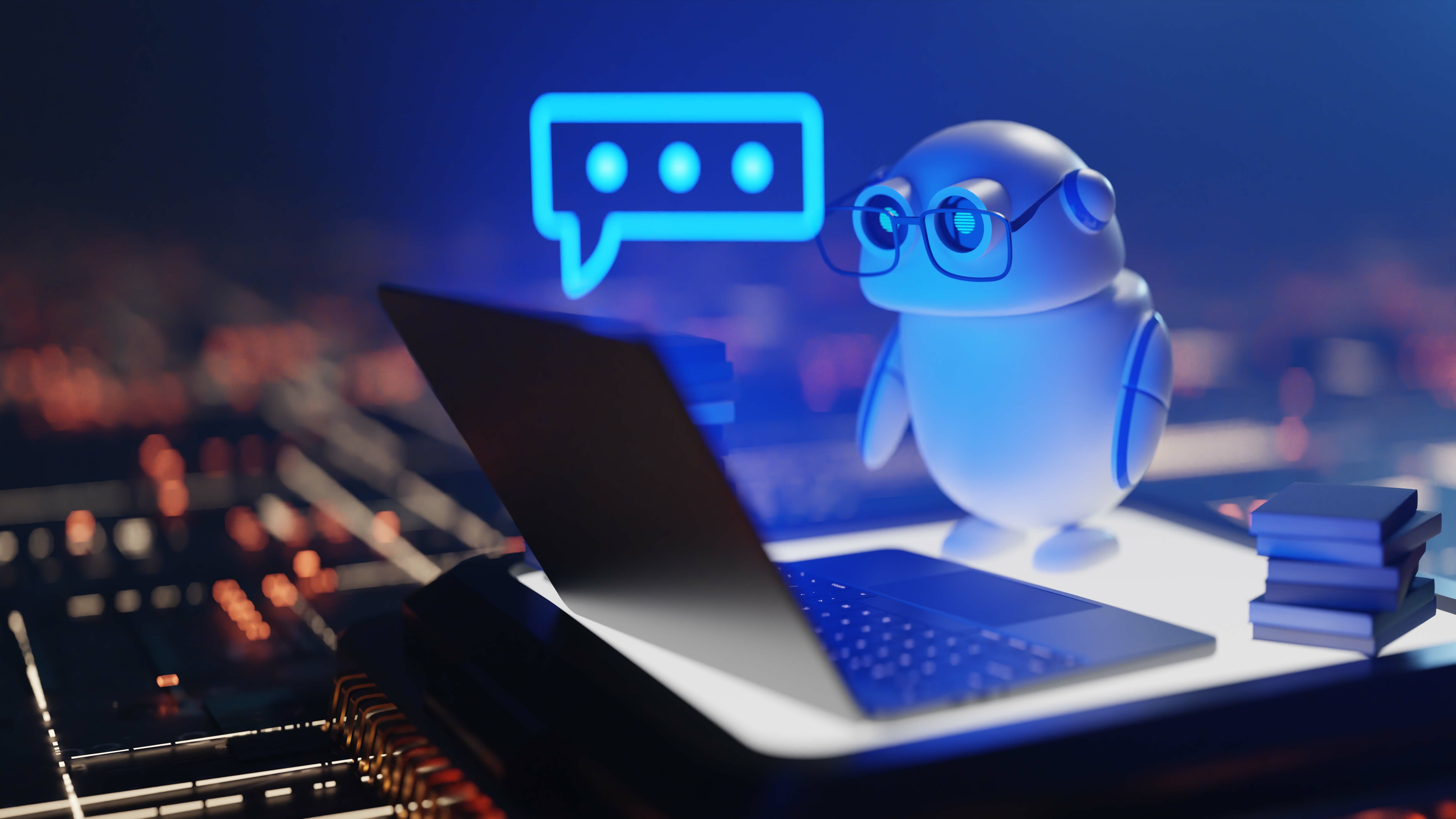What Are AI Copilot Solutions and How Do They Work?
Exploring the Power of AI Copilots: Enhancing Productivity, Decision-Making, and Collaboration in the Modern Workplace
In the age of digital transformation, businesses and individuals are constantly seeking smarter ways to enhance productivity and streamline workflows. Enter AI copilot solutions—intelligent assistants designed to augment human capabilities by offering real-time suggestions, automating tasks, and providing valuable insights. Whether it's writing emails, analyzing complex data, or generating creative content, AI copilots are revolutionizing how work gets done.
In this blog, we'll explore what AI copilot solutions are, how they function, and their impact across various industries.

What Are AI Copilot Solutions?
AI copilot solutions are advanced artificial intelligence tools that work alongside humans to improve efficiency, creativity, and decision-making. Unlike traditional automation tools that follow rigid, pre-defined rules, AI copilots leverage machine learning, natural language processing (NLP), and contextual understanding to provide intelligent, adaptive assistance in real-time.
These solutions are designed to be "co-pilots," meaning they don't replace human workers but instead support them by handling repetitive tasks, offering smart recommendations, and enhancing problem-solving capabilities.
How Do AI Copilot Solutions Work?
AI copilot solutions rely on a combination of cutting-edge technologies to deliver personalized and intelligent assistance. Here's a breakdown of how they work:
1. Data Collection and Processing
AI copilots gather data from multiple sources, such as emails, documents, databases, and online content. They process structured and unstructured data to understand context and user preferences.
2. Natural Language Processing (NLP)
NLP enables AI copilots to comprehend human language, allowing them to understand commands, respond conversationally, and generate text with human-like quality. This technology powers features like summarization, translation, and grammar correction.
3. Machine Learning Algorithms
These copilots continuously learn from interactions and feedback to improve their suggestions and accuracy over time. Through supervised and unsupervised learning, they can detect patterns and adapt to evolving user needs.
4. Context Awareness
AI copilots use contextual understanding to provide relevant recommendations based on user behavior, task history, and real-time input. For instance, a copilot assisting a software developer can suggest code snippets tailored to the specific project.
5. Integration with Existing Tools
Most AI copilots seamlessly integrate with popular applications like Microsoft Office, Google Workspace, Slack, and CRM platforms. This ensures that they can provide assistance within the tools users are already familiar with.
6. User Feedback Loop
To refine their performance, AI copilots collect user feedback, learning from interactions to deliver increasingly accurate and personalized responses.
Real-World Applications of AI Copilot Solutions
AI copilots are transforming various industries by optimizing workflows and enhancing decision-making. Some notable use cases include:
1. Business and Office Productivity
Example: Microsoft Copilot for Office 365 assists users by automating document creation, generating meeting summaries, and analyzing Excel data.
Impact: Reduces time spent on administrative tasks and improves document quality.
2. Software Development
Example: GitHub Copilot helps developers by suggesting code snippets and completing lines based on context.
Impact: Speeds up coding, reduces errors, and enhances learning for junior developers.
3. Marketing and Content Creation
Example: AI copilots like Jasper and Grammarly assist with copywriting, SEO optimization, and social media content creation.
Impact: Enhances content quality and accelerates marketing campaigns.
4. Customer Support
Example: AI copilots integrated into CRM platforms like Salesforce can generate responses to customer queries, suggest actions, and analyze sentiment.
Impact: Improves customer satisfaction and response times.
5. Healthcare
Example: AI copilots assist medical professionals by analyzing patient data and suggesting treatment options based on historical data.
Impact: Enhances diagnostic accuracy and reduces administrative workload.
Benefits of Using AI Copilot Solutions
Adopting AI copilots can provide numerous advantages for businesses and individuals alike:
Increased Productivity: Automating repetitive tasks allows employees to focus on strategic work.
Enhanced Accuracy: AI copilots minimize human errors by offering data-driven suggestions.
Cost Efficiency: Automating processes can lead to significant cost savings over time.
Personalized Assistance: AI copilots adapt to individual work styles and preferences.
Better Decision-Making: Data-driven insights help businesses make informed choices.
The Future of AI Copilot Solutions
As AI technology continues to advance, AI copilots are expected to become even more sophisticated and intuitive. Future developments may include:
Deeper Personalization: AI copilots will better understand user behavior and preferences for highly customized assistance.
Multimodal Capabilities: Combining text, voice, and visual inputs to offer richer support experiences.
Autonomous Decision-Making: Advanced AI copilots could handle complex decisions with minimal human input.
Wider Industry Adoption: More sectors, from education to logistics, will embrace AI copilots to enhance operations.
Conclusion
AI copilot solutions are more than just a passing trend; they represent the future of work and productivity. By seamlessly integrating into daily workflows and offering intelligent support, they empower individuals and businesses to achieve more with less effort.
As adoption grows, AI copilots will continue to evolve, unlocking new possibilities and transforming industries across the board. Embracing these solutions today can provide organizations with a significant competitive advantage in the digital-first world.